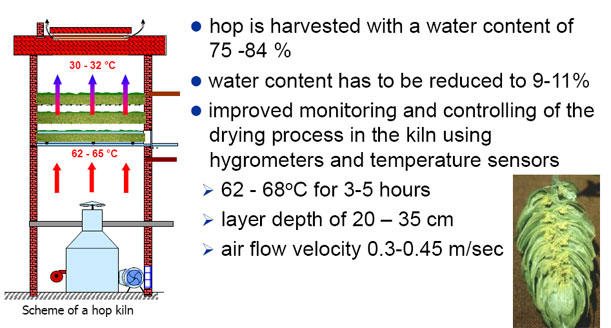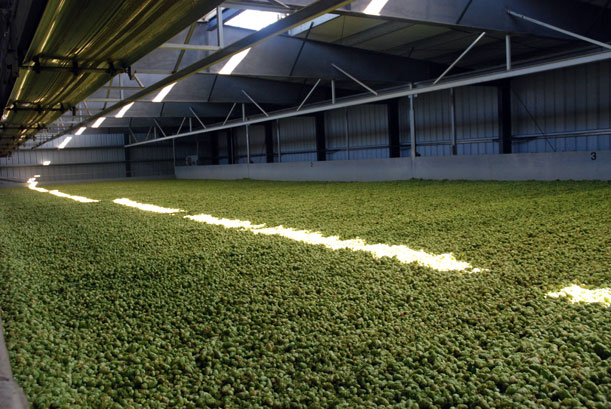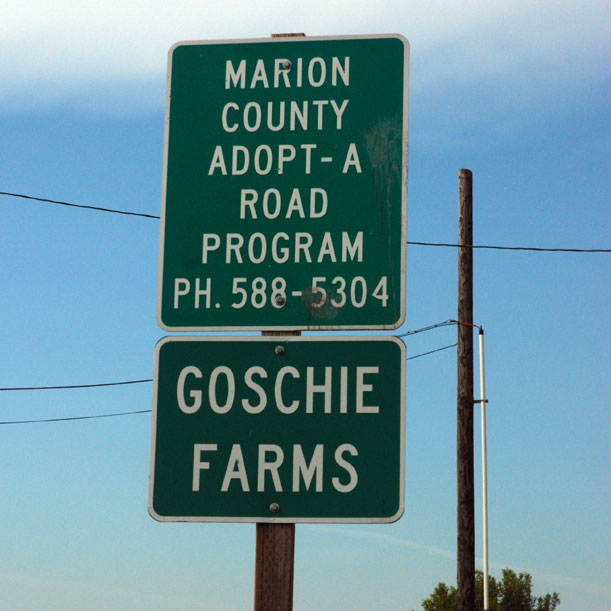Earlier this week, Boak & Bailey pointed to a couple of other posts and offered a thought and a question about “Native or Local?”
First, the thought. “It seems that native style, then, might be a more important idea than local manufacture.”
Second, the question. “Thought experiment: if you were to visit Berlin, would you feel you’d had a more authentic experience drinking American-brewed Berliner Weisse, or locally made Cascade-hopped IPA?”
Maybe it was the word “native” that caught my attention. Or the question John Holl asked about if beer were invented today was still rattling around in my head. Anyway, this is something that’s been on my mind for a while — what makes a beer indigenous and what belongs on the official indigenous beer list?
Yes, there might be a book in the works, which I’d like to help make better. So I’ve been building a bit of a list of what might be called “indigenous beers.” You can help improve it and in return you might win a book. I’ve had several show up at my door, so will reward one contributor an opportunity to pick from them.
To win, add a beer to this list. Or provide meaningful details about one of the beers already here. Or add something to the “What the heck is indigenous?” conversation. For instance: New Glarus Brewing uses the phrase “Drink Indigenous” on its logo. The brewery is Wisconsin through and through, but what does that mean for its beers?
The prize winner will be drawn from those who comment or — for those feeling shy — email suggestions to beerterroir@gmail.com.
So for starters, uniquely American beers:
Choc
* Classic American Pilsner
Steam
Kentucky Common
American colonial ales
* And then there is the question, does this beer really belong on the list?
And (this list is woefully short) the rest of the world:
Grodziskie
Chang
Chicha
Sahti
Gotlandsdricke
Keptinis Alus
Heather ale
Eqyptian Bouza
Mesopotanium ale
African sorghum beers (there are enough perhaps they should be considered individually)



 Twenty-four beer bloggers from 6 different countries and 3 different continents participated in The Session #91: My First Belgian. Breandán Kearney at Belgian Smaak
Twenty-four beer bloggers from 6 different countries and 3 different continents participated in The Session #91: My First Belgian. Breandán Kearney at Belgian Smaak